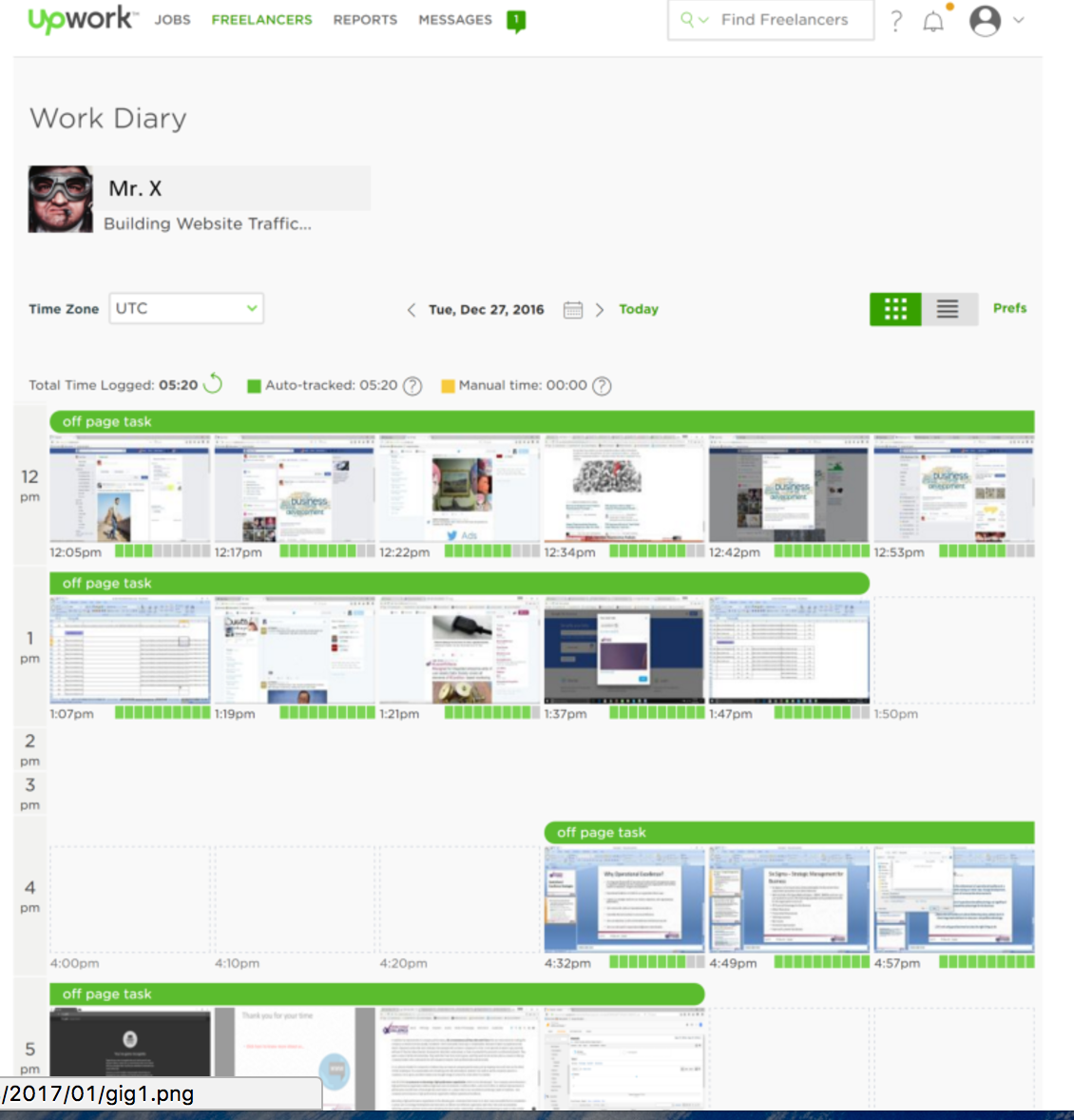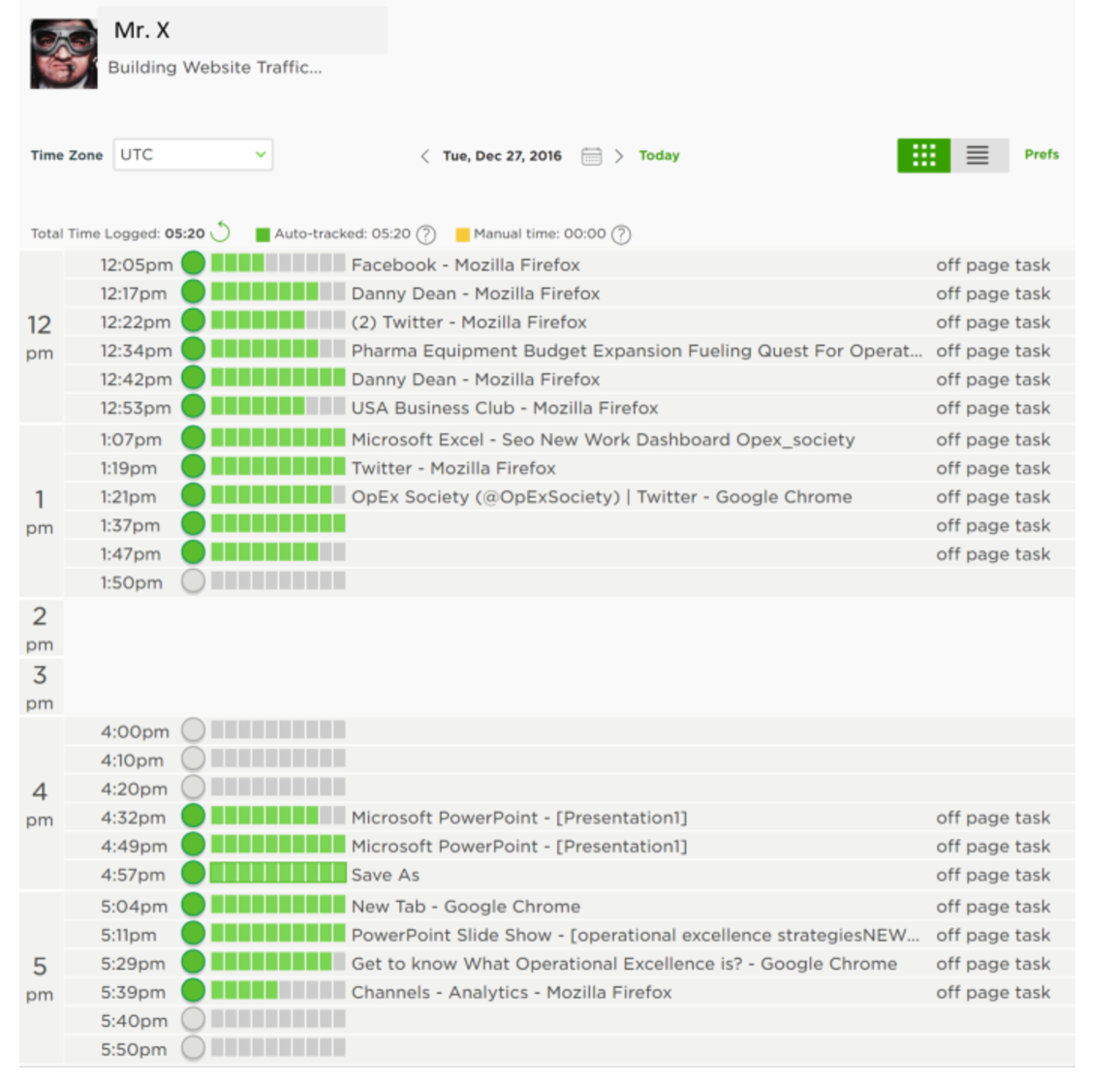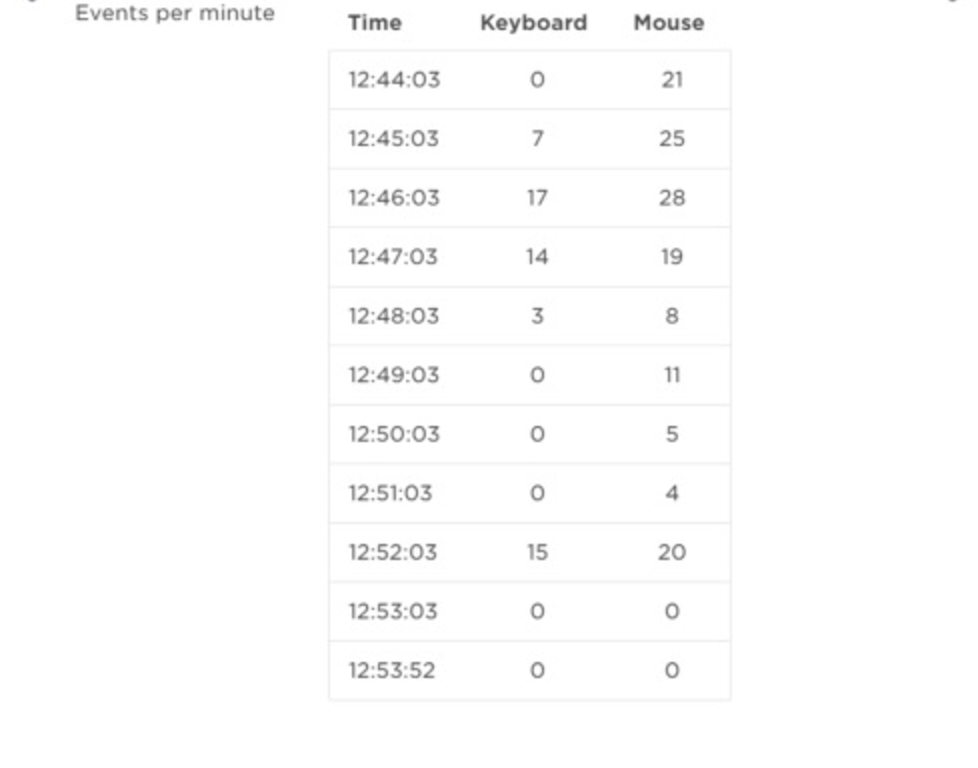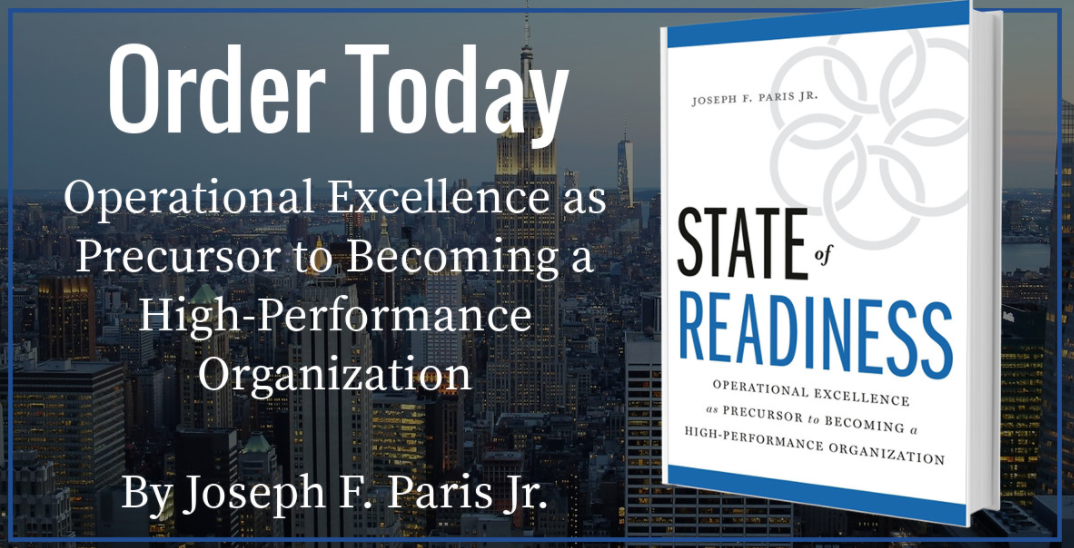 There has been a lot written lately of the “Gig Economy” – the notion that, in the future of earning a living, there will no longer be jobs, just work. It’s an earnings environment where the supply and demand for skillsets are contracted between those that have a need and those who can fulfill that need.
There has been a lot written lately of the “Gig Economy” – the notion that, in the future of earning a living, there will no longer be jobs, just work. It’s an earnings environment where the supply and demand for skillsets are contracted between those that have a need and those who can fulfill that need.
This is not to be confused with contractors or consultants who have traditional firms with all the trappings of being a formal business. Certainly, it can be argued that such firms survive by winning one engagement after another – but they also have the overhead that makes them formal business as we recognize them such as; an office, employees, insurances, and other obligations that distract from their monetizing as much of their efforts as possible while keeping overhead at a minimum.
Traditional firms also have something that is largely absent from those working in the gig economy – a fixed work schedule. Sure, when they land a gig, they have to meet deliverables and deadline requirements. But in the gig-economy, the when, how – even where – can be largely discretionary.
The gig economy has been around for some time – but was largely the domain of those with talents in the arts; musicians, artists, writers, photographers, and such. These people were creative when they felt creative (it’s darn near impossible to “force” creativity) and were hired by those who wanted the use of their talent or wanted to purchase what they had created.
Such engagements might be short-term with the reward not being guaranteed, such as a street musician playing in a market square for the casual offerings of the passers-by. Or they might be long-term, such as the ceiling of the Sistine Chapel which took Michelangelo four years to complete. Or a near infinite number of points in between.
But, the introduction of technology (the internet, in specific) and the maturity of social platforms for building awareness and facilitating conversations, has resulted in the exponential growth of transactions (in value and quantity) across a spectrum of economic activity – now including the work of programmers, help-desks and customer service, career advisors, consulting services, and providers of office and home services – such that “gigs” can be recognized as an economy in its own right.
According to an article by McKinsey, 30% of the participants in the gig-economy do so as their preferred choice of earning their primary income, another 40% do so as their preferred choice for supplemental income, and 30% do so reluctantly out of necessity (either as their primary source of income or for supplemental income). And a report by CNBC states that growth in the gig-economy has outpaced growth in payrolls by 27% over the last 20 years and that 81% of the growth in the gig-economy has occurred in the nation’s 25 largest metro areas.
An article in the Harvard Business Review by Diane Mulcahy, an adjunct lecturer at Babson College – a college with a reputation of being strong in entrepreneurship – goes a step further and encourages the MBA students in her class to stop looking for a job and to join the gig-economy, citing the importance of students to “cultivate the mindset, skills, and toolkit to succeed in this new world of independent work.”
Her three primary reasons are; 1) full-time jobs are disappearing and gig-economy jobs are growing, 2) full-time workers “are becoming the worker of last resort”, with “many firms actively avoiding the hiring of full-time employees and, instead, run their firms with as few full-time employees as possible”, and 3) she speculates that, with the loss of job security, good wages, and benefits (including retirement and healthcare), traditional jobs are not working for most Americans.
Perhaps, one of the most attractive aspects of a firm hiring someone in the gig-economy is the innovation and entrepreneurship someone in the gig-economy must bring to the firm to be successful. After all, if the gig-freelancer does not drive value each and every day, they can be easily released and replaced.
“Necessity is the mother of invention.” – Plato
We certainly can’t address the topic of the “gig economy” without including Uber, arguably one of its catalysts and one of the largest gig-economy platforms in existence today.
My first introduction to Uber was in Monterrey, Mexico whilst on an assignment. The vehicles were in better shape than the normal (green) taxis and the drivers whisked you about very quickly and very efficiently – almost always at a price lower than using the traditional taxis. There was never any instance of taking the long-way to rack-up the fair because you were given an estimate of your fare before you got in the taxi – and once inside your ride, you could monitor the progress of your trip (and any deviation) as it was mapped on Google. It was so easy, and so affordable, that I immediately became a subscriber.
However, I would never call Uber a “ride-sharing” service. There is not any “sharing” of a ride by the normal definition. For instance, the driver would not be coming from your location and going to your destination without your being in the vehicle. Let’s quit the charade and face it, Uber is a “taxi service” that uses a pretty good app to put those in need of a ride with those willing to provide a ride – so what.
I took one ride from Disneyland in Anaheim California to LAX. The driver picked me up in a very clean and well-maintained Cooper Mini. He even had a couple of bottles of water in the back in case I was thirsty (on the house). We got to talking about his working for Uber; how long he was working for the company, how he liked it, even how much he made annually.
He was very enthusiastic about working for the company. He enjoyed that he could work his own hours – spending weekends (or whenever) with the family. He was always working during big events where he could earn a premium. He only had a couple of poor experiences with customers (usually the young and the drunk). And he cleared $50,000 per year as income.
I also had an opportunity to compare rides. I flew into Chicago, landing at O’Hare, and took a taxi from the airport to my hotel in nearby Schaumburg. The vehicle was a piece of crap. It looked like it had just returned from a gun-run in Aleppo – maybe had a close call with a barrel-bomb. It might have even been the same driver. The 20min ride cost $65.
I took Uber on the return trip. A nice and well maintained Nissan Pathfinder with a professional and friendly female driver took me to the airport for $25. Note to self; never take a taxi if you can help it.
 As a business owner, or as anyone who has ever had to hire someone, the process of seeking, finding, vetting, hiring, on-boarding, and making the new hire a productive member of your workforce can be a daunting and even irritating task. And I am positive that those who have sought a job and endured the interview process also had to endure trying to impress those who were unimpressible. Certainly and regardless of what side of the desk you are actually sitting, I have never heard of anyone actually enjoying the interview experience – like having to kiss so many frogs before finding the prince (or princess).
As a business owner, or as anyone who has ever had to hire someone, the process of seeking, finding, vetting, hiring, on-boarding, and making the new hire a productive member of your workforce can be a daunting and even irritating task. And I am positive that those who have sought a job and endured the interview process also had to endure trying to impress those who were unimpressible. Certainly and regardless of what side of the desk you are actually sitting, I have never heard of anyone actually enjoying the interview experience – like having to kiss so many frogs before finding the prince (or princess).
Then there is the paperwork and overhead. Just to hire someone on temporary assignment is a hassle – especially for firms that are not large enough to justify having a Human Resources Department devoted to such activities. There is also the efforts involved in getting someone on the payroll, not to mention all the taxes and insurances you have to pay. And if you hire a freelancer, you might still be on the hook if the IRS or Worker’s Compensation Insurance Board determines they are not freelancers, but employees. Just understanding what the IRS considers a contractor or employee on their own website leaves too much to the imagination to be considered definite (although, their having a company entity helps – but just a little).
What if you could post a description of the tasks to be completed – with details of the talents and skills required – and anyone from around the world could make an offer? Enter “UpWork”.
I actually heard about UpWork from a friend in South Africa. He is a gig-freelancer and had used it himself to find engagements as a copywriter and thought it might help me with my needs in finding a copywriter and editor, a webpage and graphic designer, and a website search-engine-optimization (SEO) specialist.
So, I decided to give them a try – and I was pleasantly surprised.
I created advertisements for the projects, giving a reasonable amount of detail as to the expectations and requirements (including fluent in the English language). Once posted, people could see the position and make offers. I could also search profiles of people meeting these requirements and ask them to make an offer. Within a few days, my box was filled with many eager candidates.
It was obvious that many would not make the cut – the language skills demonstrated in their offer eliminated them. A second round easily identified those who were seeking the work on the behalf of others – who were eliminated because I wanted to establish a dialog and engage the person who was actually going to do the work. Then those who didn’t respond in a timely manner were eliminated (if they are slow to win the work – supposedly the time when they are putting their best foot forward – how will they be doing the work?). This left me with a couple of dozen or so who were likely candidates.
Now for the difficult decision: With so many candidates, I decided to not hire those from the States for all the tax, overhead, and compliance headaches I listed above – and the real legal and financial peril that accompanied being non-compliant.
I ended-up hiring two copywriters/editors and a web/graphic designer from South Africa and an SEO specialist from India.
Bringing them on-board was pretty simple. They already had the skills and the tools and equipment necessary to do the work. All they needed was direction from me and other staffers including the specifics of the tasks at hand. They asked questions as necessary. We refined our guidance. Collaborated on design and development. And so on.
But it begs the questions; How do you monitor their work? Are they working on what is important? Are they actually working the hours they are reporting? How will they be paid?
Fortunately, UpWork is not just a match-maker, but a gig-freelancer time and billing management system with built-in auditing for accountability.
Depending on the nature of the work to be done – especially if the work is being done on computer – the gig-freelancer will actually be logged into UpWork when they are working.
Then UpWork will monitor their activity, by the minute. The system will show when they were logged-on to UpWork and allocating time against their project for you. The system will take random screen shots showing what the gig-freelancer was actually doing. It will even count the number of keystrokes and mouse movements. See the following images (name changed to protect the actual gig-freelancer).
Figure-1: Work Diary showing gig-freelancer and an overview of what they are working on per hour (showing date and time zone). Note that all time is “auto-tracked” and there is no manual time.
Figure-2: Different view of the Work Diary showing summarized activity without screen shots.
Figure-3: A Snapshot Detail showing a specific block of time recorded (10min), the random screenshot taken, and the number of keyboard strokes and mouse movements.
Although all of this detail is excellent (perhaps a bit Orwellian), I only examined it in any detail during the first couple of weeks to ensure the person was doing the work (establishing trustworthiness), and velocity (establishing how much production I might expect). Afterwards, I rarely looked at the detail again unless I suspected there was a problem with either to validate or invalidate my suspicions.
When the assignments were done, or I was done with the gig-freelancer, I simply terminated the engagement. I also had the opportunity to pause the engagement (which kept the engagement “live”, but inactive). Of course, the gig-freelancer can quit at any time without notice.
There is even the opportunity to rate and endorse (or not) the gig-freelancer and they have the opportunity to rate and endorse (or not) you as someone for whom to work. So, a gig-freelancer has a motive to not leave you in a bind by quitting without your being able to smooth their transition out of the project and you have a motivation to not mistreat the gig-freelancer.
Payments are simple. Every week I am given a work summary and bill to review. At this time, I have the opportunity to address discrepancies or even offer an earnings supplement (bonus, expenses, whatever there might be). The following day, the amounts billed and approved are charged to the credit-card I provided and a full invoice and work package is created for my records.
The costs for using the service as the company/person doing the hiring is 2.75% to cover the fee charged by my credit-card company to UpWork. And the gig-freelancer is charged 10% of their billing for using the service. All of the costs for the gig-freelancer to do business including taxes, benefits, insurances, and other compliance issues – as well as their equipment and maintaining their capabilities – are the responsibility of the gig-freelancer.
I have been using the service for a half-year and have no complaints about the service. Of course, some hires were better performers than others (as you would expect). But my investment in bringing them online was minimal and discharging them was a click of a button (the same amount of effort as hiring them once selected).
“Change Agents (and disruptors) are never loved” – Joseph Paris
As a general rule, people are not comfortable with change and normally go to great lengths to avoid change. This is doubly-so, or even triply so, of governments.
Senator Elizabeth Warren (D-MA) is quotes as saying, “For many, the gig-economy is simply the next step in a losing effort to build some economic security in a world where all the benefits are floating to the top 10 percent.” But she is certainly not the only one who has reservations about the gig-economy.
Every day, we read about lawsuits against Uber and AirBnB (a room-sharing application intended for those who want to rent a room in their home – or even their entire home), among others. Usually, these lawsuits are initiated by some local, state, or even the federal government. The main reason is that these gig-economy businesses don’t fit into the existing rules and regulations governing business and the government wants to try to make these businesses conform to the traditional ways of doing business. The usual reason given is to protect workers or consumers (or incumbent business with a strong lobby). But these are thinly veiled distractions from the real reason, which is so the government can ensure their tax revenue is maintained and maximized.
But is choosing when to work and what to work upon bad for the earner? Is having someone who is an entrepreneur – and needs to ensure the highest quality of delivery to maintain and expand their earning portfolio as the only means to ensure their success – bad for the consumer? After all, if the gig-freelancer does a poor job and gets a poor reputation, the gig-freelancer will never build a positive reputation – dooming the gig-freelancer’s prospects for success.
Certainly, there are challenges that need to be faced with any disruptor. There will be instances where someone figures out a way to game the system in their favor. But we should not kill the initiative for fear of these challenges. Rather, the challenges should be faced and addressed as they make themselves known.
For instance, an article on FastCompany, entitled “The Gig Economy Won’t Last Because It’s Being Sued to Death”, highlights the case of two housekeepers who were sisters, Vilma and Greta Zenalaj. They had responded to an advertisement on Craigslist from a company then called Handybook (now simply called Handy) for a housekeeping gig and their offer won the deal. Their experience was not a pleasant one.
First the company took a commission. It’s not clear whether the sisters knew they were going to have to pay a commission on the work they did – but somebody has to pay and they should have made sure that was spelled-out before accepting the work. It’s also unclear whether the sisters were told that they would not get paid for their idle time if they had to wait for less than an hour if their appointment was late letting them into the home – or if they knew they had to pay their own expenses and were not compensated for travel time. And if the job took longer than anticipated, calling to get authorization for more pay for more work was difficult. In the end, it was a poor experience.
I wonder why, with such a negative experience, the sisters didn’t simply stop working for Handy.
But, this just goes to demonstrate who could be a gig-freelancer and be successful at it, and who should not be a gig-freelancer because they won’t be successful at it. In my opinion, a successful gig-freelancer will have (at a minimum) the following characteristics;
Be Entrepreneurial. They are their own boss and this requires discipline. They have to be innovative. They can’t be risk averse, but they also can’t be foolish. The have to figure out business problems in real-time. They have to consistently drive value (fee vs deliverable) to their customer and build a reputation for success.
Have (or quickly gain) Business Savvy. They have to know basic accounting and the importance of cash-flow. They have to know the rules and regulations regarding the operating of their business – especially taxes (self-employment tax can be a real shocker).
Be (or become) Self-Reliant. They have to plan ahead because they will be responsible for providing for both their present and future. They will have to organize their own healthcare (unless covered by a spouse) and their retirement. They will have to realize that they don’t get paid vacations – they can take a vacation any time, but they are not earning when they do.
In reality, they are a business person. And a business person only gets the “leftovers”; the leftover income after everyone else gets paid (other gig-freelancers, suppliers, travel, insurances, taxes, and so on). And the leftover time after all of the deliverables for the gigs have been completed. The key to success it to ensure that the leftovers adequately and satisfactorily produce what you want to achieve.
Where to start to learn more:
Probably the best article I read whilst doing my research for this piece came from the United States Department of Labor, Bureau of Labor and Statistics, entitled; Career Outlook, Working in a gig-economy (May 2016). Not only does it offer the pros and cons of participating in the gig-economy, it offers solid background on the gig-economy, advice, and references to supplemental reading materials. If you are thinking about participating in the gig-economy, or already in the gig-economy and feel you need additional guidance, start here.
Disclaimer: The author specifically disclaims any endorsement that may be implied of any company mentioned in this article. The information and references contained herein are the solely the opinions of the author and any reference to any company is merely a reflection of his personal experiences with those referenced companies. Your experience may not be the same. Caveat Emptor.
(c) – Originally published by Operational Excellence Society, 2017
Bio:
Joseph Paris is the Founder and Chairman of the XONITEK Group of Companies; an international management consultancy firm specializing in all disciplines related to Operational Excellence, the continuous and deliberate improvement of company performance AND the circumstances of those who work there – to pursue “Operational Excellence by Design” and not by coincidence.
He is also the Founder of the Operational Excellence Society, with hundreds of members and several Chapters located around the world, as well as the Owner of the Operational Excellence Group on Linked-In, with over 40,000 members.
Connect with him on LinkedIn
Joe Paris just wrote State of Readiness. To order:






